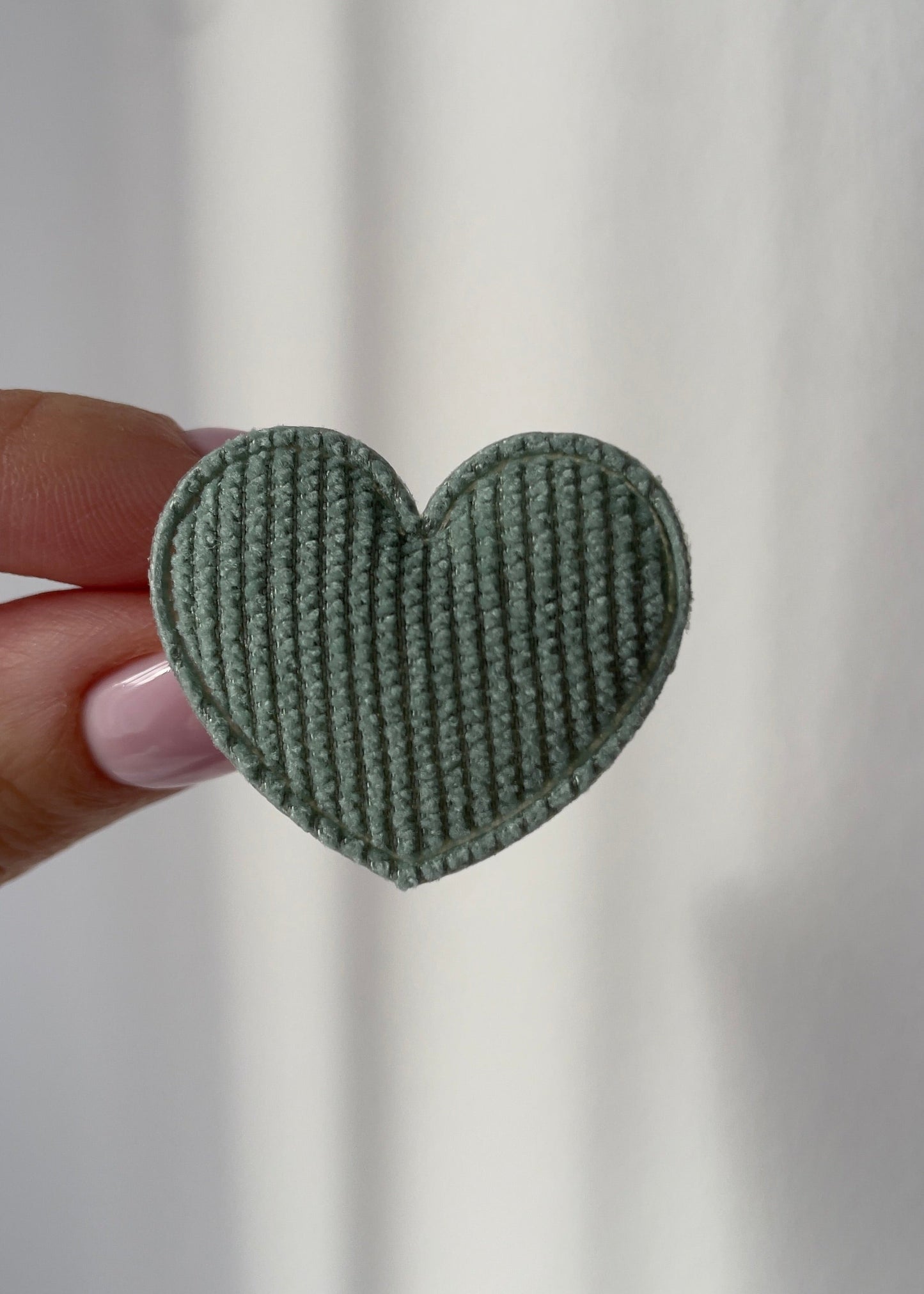
How to protect and store cashmere
Share
There's nothing quite like a feeling of soft cashmere against your skin. Whether it's a cosy sweater, a soft scarf, or a warm blanket, cashmere is a prized possession that deserves the utmost care. Unfortunately, moths have a particular affinity for this delicate fabric, and their voracious appetite can quickly turn the beloved cashmere into a feast. No need to be afraid! With a few simple steps, you can protect your cashmere from moth damage and enjoy its softness for years.
Why are moths attracted to cashmere?
Moths love cashmere for the fabric's natural fibres. Cashmere is made from the soft undercoat of cashmere goats, which provides an ideal environment for moths to lay their eggs.
How to prevent moth infestation
1. Clean your cashmere regularly
Before storing your cashmere, make sure it's clean. Moths are more likely to be attracted to soiled garments, so removing dirt, oils, or stains is essential. Follow the care instructions on the garment's label, or consider professional dry cleaning for more delicate pieces.
2. Store cashmere in airtight containers
Moths can't feast on your cashmere if they can't access it. Store your cashmere in airtight containers, such as zippered bags or plastic storage bins, to create a barrier against these pesky insects. Be sure to seal the containers tightly to prevent any potential entry points.
3. Use moth repellents
You can use several natural moth repellents to keep these unwanted guests away from your cashmere. Cedar blocks or chips, lavender sachets, and dried rosemary are all effective options. Place them in storage containers or hang them near your cashmere to deter moths with their strong scents.
4. Avoid storing cashmere in dark, humid areas
Moths thrive in dark and humid environments, so it's best to avoid storing cashmere in such conditions. Keep your cashmere in a light, breathable storage so the moths can't get in. Keeping cashmere clothes in plastic bags isn't great as they can't breathe; natural fibres need air.
5. Regularly inspect your cashmere
Even with preventive measures, regularly inspect your cashmere for signs of moth activity. Look for small holes, webbing, or larvae, indicating a potential infestation. Catching the problem allows you to take immediate action and minimize damage.
Protecting cashmere from moths requires a proactive approach, but the effort is worth it. By following these simple tips, you can ensure that your cashmere remains moth-free and continues to bring you warmth and comfort for years for your kids and grandkids. So, indulge in cashmere without worrying about those pesky moths!









